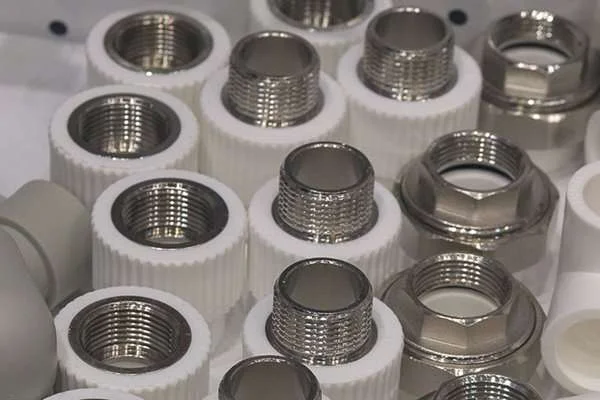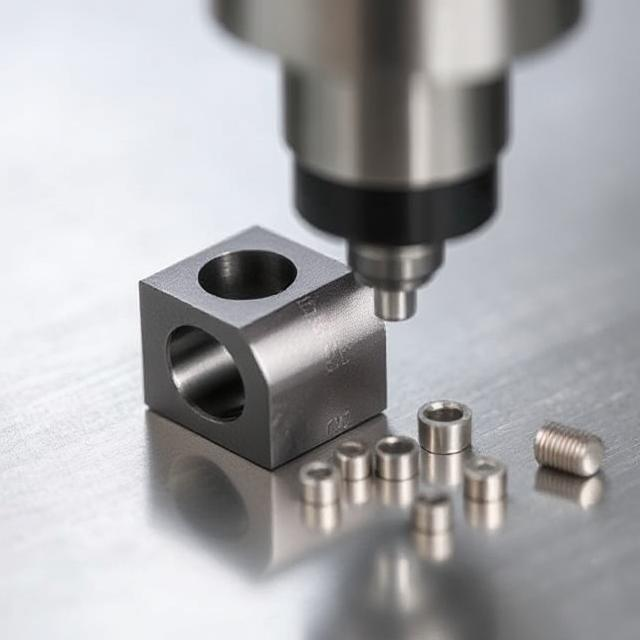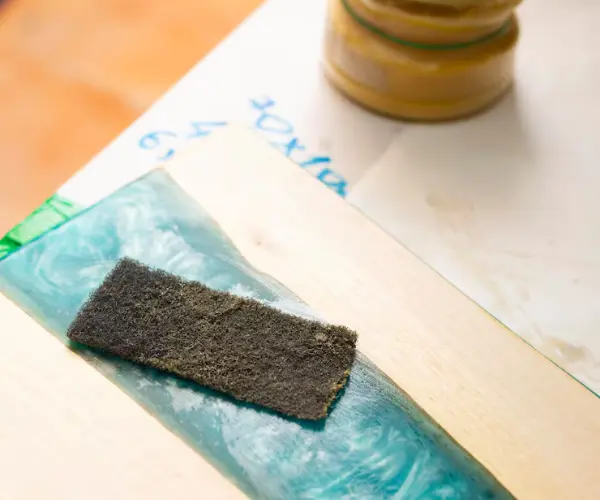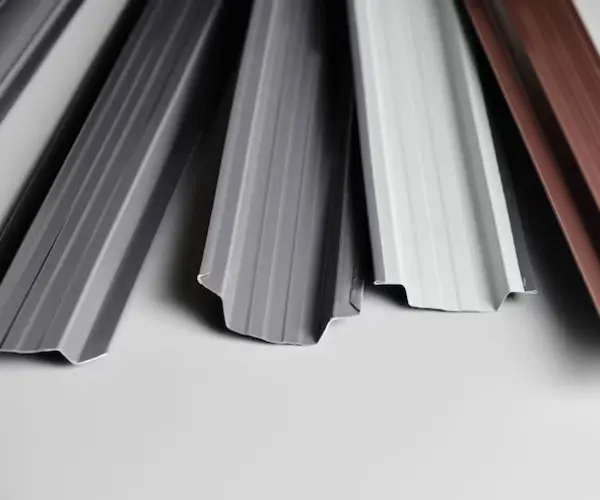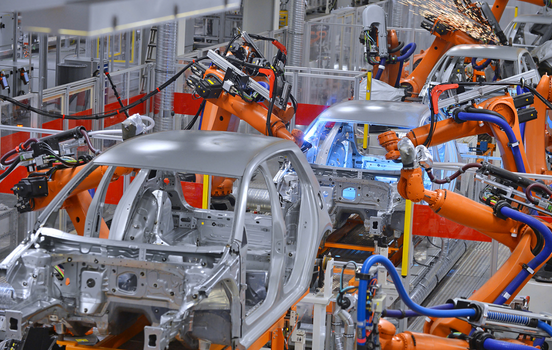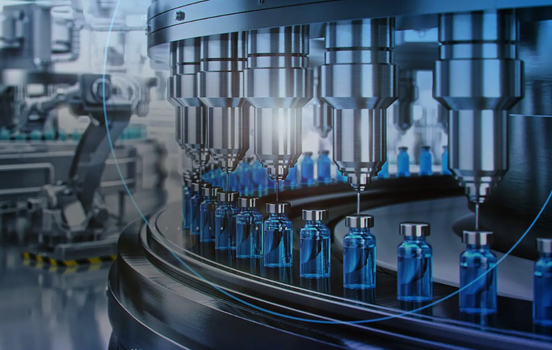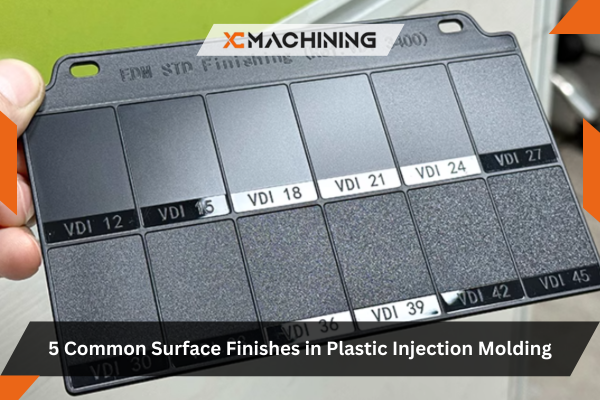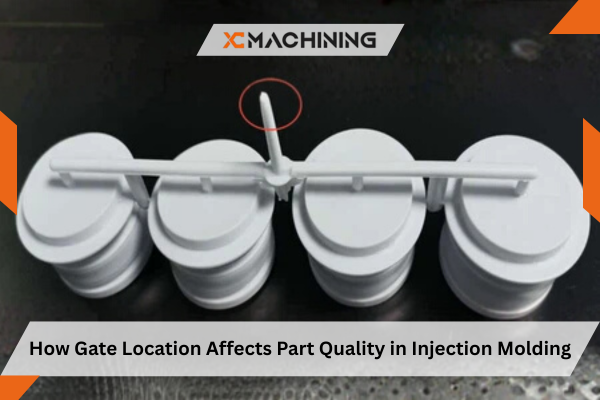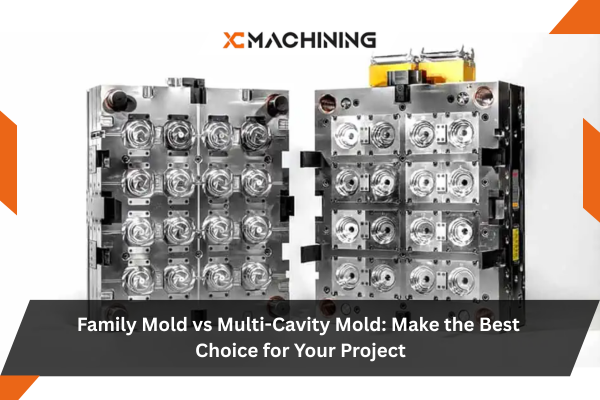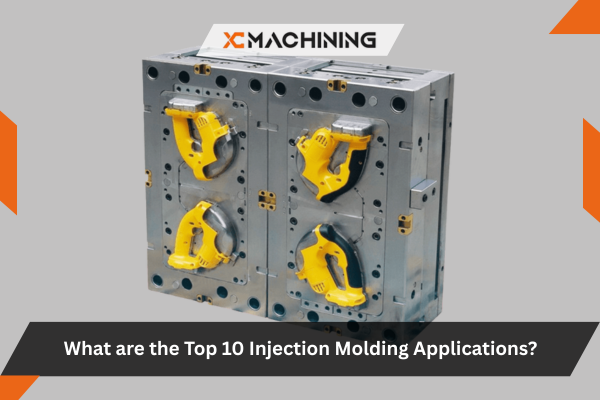Insert molding is a cutting-edge manufacturing process that seamlessly integrates metal components with plastic parts in one streamlined operation. This advanced technique enhances structural integrity and functionality, making it the go-to solution for industries that demand durable, lightweight, and efficient components.
By combining metal and plastic into a single part, insert molding delivers superior performance while cutting down production steps, saving both time and costs.
At XC Machining, our insert molding services cater to a wide range of industries, including automotive, aerospace, energy, industrial machinery, electronics, and communications. We provide innovative solutions designed to meet the demands of modern manufacturing.
The Edge of Insert Molding in Manufacturing
Enhanced Durability and Strength
Insert molding combines the flexibility of plastic with the rigidity of metal or other material inserts. This dual-material design results in components that are more durable and resistant to stress and wear. These longer-lasting parts are perfectly suited for demanding applications in industries like automotive and industrial machinery.
Reduced Size and Weight
By integrating multiple components into one, insert molding eliminates the need for separate assembly steps, creating compact and lightweight products. This is particularly advantageous in the automotive and aerospace industries, where reduced size and weight directly translate to improved efficiency and performance.
Applications Across Multiple Industries
Insert molding has broad applications across various sectors:
- Automotive: Door handles, mirror housings, and electrical connectors.
- Electronics: Switches, connectors, and heat sinks.
- Medical Devices: Surgical instruments, implants, and catheters.
- Consumer Goods: Toys, electronic enclosures, and appliances.
Why Insert Molding is the Right Option?
Cost-Effectiveness
Insert molding simplifies production by incorporating inserts directly into the molding process, eliminating the need for secondary assembly. This reduces labor costs, shortens production times, and minimizes errors, leading to high-quality, reliable products at a lower overall cost.
Greater Design Flexibility
The versatility of insert molding allows for the creation of highly customized components. Manufacturers can tailor the shape, size, and materials of inserts to meet specific requirements, enabling the development of innovative products with unique features, such as electrical connectors, medical devices, or automotive parts.
Faster Time to Market
By streamlining production and integrating multiple components into a single step, insert molding reduces lead times and accelerates product development. This efficiency is critical for industries like consumer electronics and automotive, where rapid response to market changes is essential.
Reduced Assembly Time and Complexity
Insert molding minimizes assembly processes by integrating multiple components into a single part. This simplifies production, reduces opportunities for defects, and ensures consistent quality across production runs, meeting even the most stringent standards.
Improved Product Reliability
Integrating metal inserts into plastic parts enhances overall reliability, a critical factor in industries like automotive and aerospace where components face extreme stress. The combination of metal and plastic materials ensures strength, resilience, and consistent performance over time.
Complex Part Integration
Insert molding enables the production of complex parts by molding plastic around metal inserts. This process combines the advantages of both materials without requiring multiple parts or additional assembly steps. Manufacturers can create components with added functionality, such as threaded inserts, mounting features, or electrical pathways, enhancing value for end users.
Unlock Excellence in Insert Molding with XC Machining
At XC Machining, we excel in delivering high-quality insert molding solutions that combine durability, efficiency, and design innovation. Our expertise allows you to push the boundaries of manufacturing and product development.
Contact us today to learn how our insert molding services can transform your processes and bring your ideas to life!


